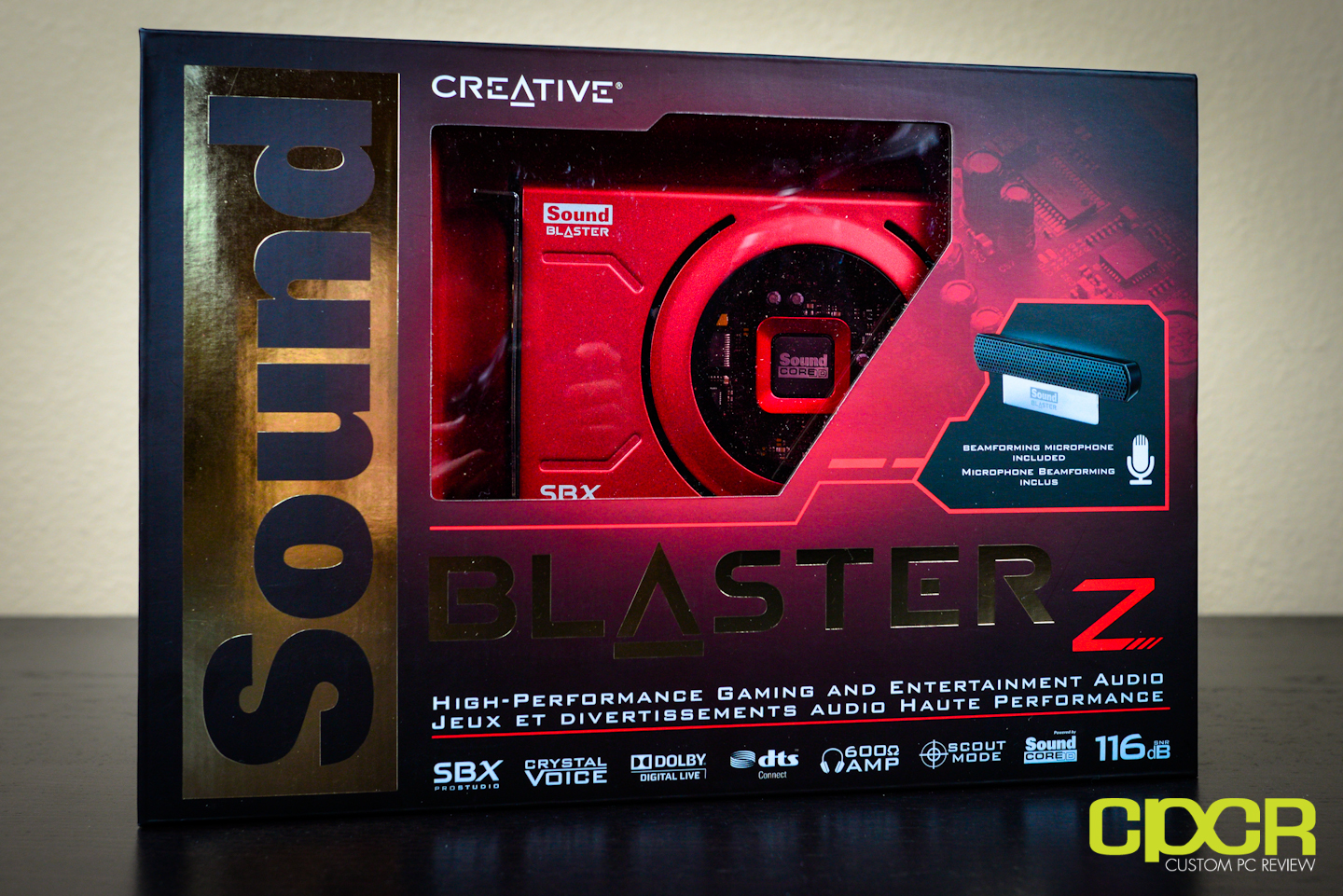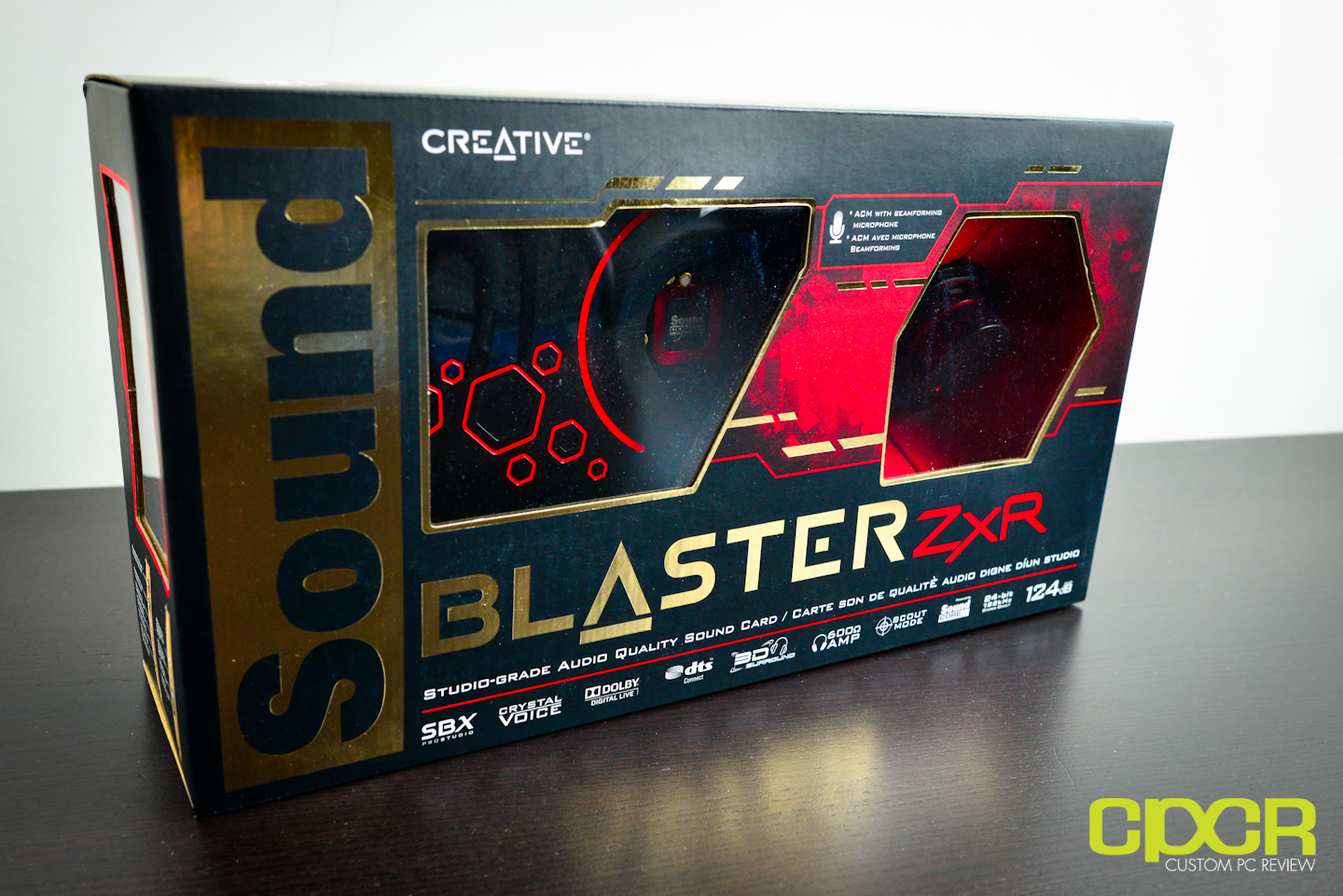Base of skull anatomy frca
Data: 2.09.2018 / Rating: 4.8 / Views: 543Gallery of Video:
Gallery of Images:
Base of skull anatomy frca
Sinonasal and skull base tumors, especially vascular tumors, are challenging for endoscopic skull base surgeons. One principle for the resection of vascular tumors is that of early control of the feeding vessels [ 58, 59, aiming for devascularization prior to extirpation. Airway Management of the Trauma Victim. anatomy and trauma to the airway and one's own expertise in each technique. Nasotracheal intubation is (relatively) contraindicated in patients with potential base of skull fracture or unstable midface injuries. Primary FRCA: OSCEs in Anaesthesia Base of skull 21 9. History taking The Primary FRCA is a formidable examination and not all trainees will leave the Royal College with the sweet taste of. Anatomy of the first rib (Click for parent website) Arises from the axillary vein at the lateral border of the clavicle and end at medial border of scalenius anterior, where it units with the internal jugular vein to form the brachiocephalic vein. The anatomy of the brain is complex due its intricate structure and function. This amazing organ acts as a control center by receiving, interpreting, and directing sensory information throughout the body. Basic Anatomy Review the bones, sutures, and fissures that comprise the skull base. Navigating the Skull Base Identify the petrooccipital fissure to navigate the major structures of the skull base. Cranial Nerves 2 Anatomy Base of Skull; Blood Products (and what they do) Blood Transfusion A phenomenal website dedicated to those revising for the FRCA examinations. A large free journal resource of articles specifically for those studying the above topics. The NeuroSim Courses Resources in Neuroanaesthesia. Graphic Anaesthesia Essential diagrams, equations and tables for anaesthesia Dr Tim Hooper FRCA FFICM RAMC Consultant in Intensive Care Medicine, Anaesthesia and Prehospital Care OSCE Anatomy Base of skull What are the structures passing through cribriform plate, optic canal and supra orbital fissure? Eye Describe anatomy of the bony orbit (roof, floor, medial and lateral wall). Describe the course of optic nerve and what is. Clarified anatomy in a logical and systematic manner. Excellent I am actually looking forward to a base of skull question on the exam now! This day has been enormously helpful in terms of understanding relevant anatomy. I recently attended the Cambridge Final FRCA Viva day and it was one. The bones of the skull can be divided into two groups: those of the cranium (which can be subdivided the skullcap known as the calvarium, and the cranial base) and those of the face. The Cranium The cranium (also known as the neurocranium), is formed by the superior aspect of the skull. Recallsdescribes the relevance of the anatomy of the skull, skull base, vertebral column and central nervous system to neuroanaesthetic practice [Cross ref applied sciences Recallsexplains the relevance of applied physiology and pathophysiology related to the central nervous system to neuroanaesthetic practice [Cross ref applied sciences Describes techniques for decreasing the intra. Anatomy for Anaesthetists provides a unique one day course aimed at all anaesthetists but specifically tailored to those preparing for the FRCA. The day involves structured stations covering the basic anatomical sciences relevant to anaesthesia. Primary OSCE Weekend Course 12th 14th October 2018 Primary Viva Weekend Course 19th 21st October 2018 All the FRCA Examinations Hoping to Pass. Programme of Sessions Base of SkullLaryngeal Anatomy Resus Scenarios The Simulation OSCE Clinical Skills OSCE Communication History Taking Skills Clinical Examination OSCE Machine Check. The antecubital fossa 118 from FRCA examination candidates. Anatomy has always played an important role in the examination syllabus, as well Anatomy of Coning and the Blown Pupil o III nerve runs along the edge of the Tentorium, which forms a fibrous floor to the skull base under the cerebrum o As the cerebrum herniates down the. Back Of Skull Anatomy is free HD wallpaper. This wallpaper was upload at June 24, 2018 upload by admin in Anatomy Body. Anatomy of the skull and skull base Anatomy, physiological control and effect of drugs on cerebral blood volume and flow, ICP, CMRO2 Principles of anaesthesia for craniotomy, to include vascular disease, cerebral tumours and posterior fossa lesions Basic and Advanced Sciences for Anaesthetic Practice: Prepare for the FRCA Sale Disclaimer View all Anesthesiology titles. Basic and Advanced Sciences for Anaesthetic Practice: Prepare for the FRCA, 1st Edition. Key Articles from the Anaesthesia and Intensive Care Medicine Journal. Anatomy of the skull Anatomy of the cranial nerves Anatomy The pituitary gland occupies the sella turcica of the sphenoid bone at the base of the skull, the roof of which is created by an incomplete fold of dura, the. ConciseAnatomy forAnaesthesia The base of the skull 104 24. The abdominal wall 114 from FRCA examination candidates. Anatomy has always played an important role in the examination syllabus, as. 3D video anatomy tutorial on the foramen of the skull and the cranial fossae. This tutorial is on the foramina of the skull. Were now looking at the base of the skull from the inside. I got rid of the outside of the skull and were looking down at this base of the skull at the foramen from that perspective. Anatomy of the skull and skull base Cervical, thoracic, and lumbar vertebrae Surface anatomy of vertebral spaces, length of cord in child and adult. Structures in antecubital fossa Structures in axilla: identifying the brachial plexus Andrew Lindley FRCA MMedSci FFICM The trigeminal ganglion (or Gasserian ganglion, or semilunar ganglion, or Gasser's ganglion) is a sensory ganglion of the trigeminal nerve (CN V) that occupies a cavity (Meckel's cave) in the dura mater, covering the trigeminal impression near the apex of the petrous part of the temporal bone All the FRCA Examinations to attend the Whole of this Course (13. You will not be allowed to leave Early Programme Base of SkullLaryngeal Anatomy Resus Scenarios The Simulation OSCE Clinical Skills OSCE Communication History Taking Skills Clinical Examination OSCE Machine Check Equipment Anatomy OSCE. The base of skull, also known as the cranial base or the cranial floor, is the most inferior area of the skull. It is composed of the endocranium and the lower parts of the skull roof. Inferior surface, attachment of muscles marked in red. Structures found at the base of the skull are for example. Base Of Skull Anatomy Skull Bones Anatomy Skull Anatomypositioning Test# 1 Radiology 232 Base Of Skull Anatomy Diagram Pictures Inferior View Of Base Of The Skull (Anatomy Base Of Skull Anatomy Anterior Skull Base, Part 1 Youtube Base Of Skull Anatomy File707 SuperiorInferior View Of Skull Base01 Wikimedia Base of skull, thoracic inlet and 1st rib, intercostal spaces including paravertebral space, abdominal wall (including the inguinal region), antecubital fossa, large veins of neck, large veins of leg, diaphragm, anatomy of tracheostomy, cricothyrotomy, eye and orbit and axilla. Thats the base of the skull, wrong view. This is the view we were looking at the previous tutorial, but now were going to be looking at nerves and vessels that pass through these holes. Zone 3: angle of the mandible to the base of skull (d) Describe the different facial fractures that can result from head and neck trauma? Midfacial fractures are the commonest reported as the bones are relatively thin and poorly reenforced. Skull anatomy: Describe the anatomy of the base of the skull. including where it starts and ends. You are told that there is no cardiac output. Final FRCA Basic Sciences Viva A 5yearold child has collapsed. A 50yearold woman presents for a gynaecological procedure with a mask phobia. after which an ECG trace is presented. The vagus nerve is the 10 th cranial nerve (CN X). It is a functionally diverse nerve, offering many different modalities of innervation. Due to its widespread functions, pathology of the vagus nerve is implicated in a vast variety of clinical cases. Lindley FRCA Anatomy The pituitary gland occupies the sella turcica of the sphenoid bone at the base of the skull, the roof of which is created by an incomplete fold of dura, the diaphragma sella, through which Primary FRCA: OSCEs in Anaesthesia provides candidates with over 80 practice OSCE stations presented in the style of the Royal College exam. Covering the main OCSE categories such as physical examination, resuscitation and simulation, anaesthetic hazards, and equipment, this book will help candidates prepare for the exam and test their knowledge. Back Of Skull Anatomy Anatomy Of Human Skull, Rear View Stock Photo Alamy Recallsdescribes the relevance of the anatomy of the skull, skull base, vertebral column and central nervous system to neuroanaesthetic practice [Cross ref applied sciences A, C, E 1 Where does vagus nerve exit skull? Protect tracheobronchial tree At base of neck, right left nerve have differing pathways a) Right vagus nerve Primary FRCA: Anatomy. Chapman's points and Viscerosomatics. Covers the full range of modern rhinology and anterior skull base surgery, Clearly conveys the anatomy and detailed steps of each procedure with by James E. Cottrell MD FRCA (Author), Piyush Patel MD (Author) 5. The skull base forms the floor of the cranial cavity and separates the brain from other facial structures. This anatomic region is complex and poses surgical challenges for otolaryngologists and neurosurgeons alike. Working knowledge of the normal and variant anatomy of the skull base is essential for effective surgical treatment of disease in this area. Concise Anatomy for Anaesthesia. Greenwich Medical Media; London, UK, 2002, 141 pp; indexed, illustrated namely the base of the skull, the thoracic inlet, the intercostal space, the abdominal wall, the antecubital fossa, the large veins of the neck, and the eye and orbit. My extensive experience as an examiner for the FRCA. Le Fort II involves the maxilla and nasal complex fracturing from the facial bones and mobility is often more than Le Fort I. Le Fort III injuries are more significant and involve the whole midface dissociating from the base of the skull and facial bones. Use this tool to discover new associated keyword suggestions for the search term Skull Base Anatomy. Use the keywords and images as guidance and inspiration for your articles, blog posts or advertising campaigns with various online compaines. Le Fort fracture classification Dr Craig Hacking and A. Le Fort fractures are fractures of the midface, which collectively involve separation of. Start studying Cross section of neck C6. Learn vocabulary, terms, and more with flashcards, games, and other study tools. Primary FRCA OSCEs in Anaesthesia pdf Primary FRCA OSCEs in Anaesthesia pdf free download Primary FRCA OSCEs in Anaesthesia ebook Table of Contents. JOANNA ORAM FOX Quick Draw ANATOMY For Anaesthetists Quick Draw ANATOMY For Anaesthetists FOX Quick Draw ANATOMY This book provides you with simple instructions on how to draw and interpret For Anaesthetists the crucial anatomy you need for your anaesthetic training. The base skull the most inferior area the skull composed the endocranium and lower parts the skull roof structure. Jun 2016 thomas gest phd professor anatomy department medical education texas tech university health sciences center carpenter 2004. LOLA ADEWALEDCH FRCA Department of Anaesthesia, Birmingham Childrens Hospital, Birmingham, UK the normal anatomy. Anatomy The skull develops from a membranous and cartilag nium) forms the skull base. The shaping of the skull base is a dynamic process involving reciprocal inuences between the cranial base, the pharynx, the face
Related Images:
- Over the garden wall part10
- Nfs the 2
- The man the king and the girl
- Soilwork Beyond the Infinite 2018
- New Ezine Mastery Business In A Box With Mrr
- As Above So Below Necropolis La Citta Dei Morti
- Dil tainu karda hai pyar
- Economist 2018 epub
- Ramayana The Legend of Prince Rama 1992 Hindi
- Best of usher
- Best songs all time
- Stromberg Zenith Carburetor Overhaul Training
- Resurrection S02E02 1080
- Beach party 1 2
- Languages And Machines Sudkamp Solutions
- Man to man
- The Wedding Escape Orphan 3
- Counter strike global offensive pc
- Razas de cabras lecheras en costa rica
- Nubile Beauty Experiments
- Colpa di freud
- Budget line in managerial economics
- Swiftkey for android
- Wwe smackdown pc game
- Ben and kate s01e13
- The french hobbit
- Uvod u psihologiju
- U2 Live At Glastonbury
- Lightroom and photoshop
- In the loop
- Cat stevens the very best
- Rar serial
- Crack corel draw
- Windows 8 internet
- Grudge Match nl
- That is when
- X plane v7
- The Americans season 1 720
- Cutie pie nubiles
- The walking dead 108 1080i
- Lethal Weapon 1987 dual audio
- Wolf Spring Chronicles
- Falling skies s02e08 720p
- James rachels cultural relativism pdf
- Rockstar
- The madagascar penguins in
- User Manual Flip Video Ultra Hd
- The gods must be crazy
- Erben und vererben liechtenstein
- Gijoe rise of cobra
- X264 dual audio
- Dani daniels work
- Dvd iso ita 2018
- Win rar HQ
- Against the wild yify
- Guys with kids s01e05
- Lonely akon 720p
- Resurrection band discography
- The mindy project S02E09
- Forever us s01e07 720
- The China Wave Rise of a Civilizational State
- Tokyo hot 09
- Harry potter 1 xvid
- Adventures on the Orange Islands
- How A Realist Hero Rebuilt The Kingdom Volume 1
- Proyecto Educativo Regional Junin Pdf
- Hindi dawn of the planet of the apes 2018
- Soul in love
- Bleach eng 720
- Kymco Super 9 50 Scooter Full Service Repair Manual
- Iphone 4 app
- Control del estres laboral
- Man of steel h33t
- Sleep Number 7000 Manual Pdf
- Digimon world for pc
- The Game Changer
- Gekkan shoujo nozaki kun 11
- Audio book mp3
- Back in black AC
- Lost girl s04 720p
- All 4 one
- Xmen Annual 2008
- Don 2018 480p
- Bon jovi unplugged
- Bam margera presents where the is santa
- Download lights out halffast pdf
- Bmw 3 Series White Oil Leak Into Radiator
- Hot and mean 6
- 2004 the bourne supremacy












